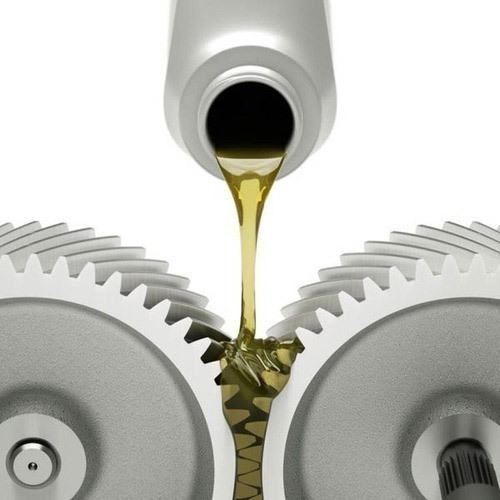
Lubricant Oil
Bharat Traders also offers best Lubricant oil for supplying. The lubricating oils are used for lubrication in various industrial applications in small as well as big power plants. These oils helps in loosening the frozen metal parts by dissolving rust and grease.
Lubricating oil is also called the blood of an engine. It is the class of oils used to reduce the friction, heat, and wear between mechanical components that are in contact with each other. The lubrication system has consisted of the oil pan, oil pump, oil filter, and oil passages. The main purpose of lubricating oil is to lubricate engine parts so that friction and wear are reduced. Lubrication between two moving surfaces results from oil film that builds up to separate the surface and support the load..
Lubricant is a fluid substance that is used to significantly reduce friction between two surfaces in contact with each other. It helps bring down the heat and controls it during the movement of surfaces. Lubrication is a much needed process when it comes to improving the overall performance of machines, tools, automotive and other machineries. It has wide applications and is used across industries such as automotive, manufacturing and marine. In automotive industry it acts as a significant performance booster and enhances the life of engines used in automotive products.
The uses of lubricating oil
1. It reduces the friction and moving the parts apart from each other.
2. It carries away a considerable amount of heat from the underside of the piston crowns, the valve stems and connecting rod main bearings.
3. It protects the working surface against corrosion.
4. It carries away the contaminators and debris.
5. It removes gritty and carbonaceous deposits of the working surface
6. It reduces operation noise.
7. Lubricants will occupy the clearance between moving parts through the capillary force, thus sealing the clearance.
Functions of the Lubricating Oil
1. A lubricating oil provide a layer of good thickness between the bearing surfaces under all conditions.
2. It prevents the metal surface from being corroded.
3. It helps to Controls the friction between load-bearing surfaces.
4. It helps in reducing the temperature by carrying away heat from fluid friction and combustion of fuel.
5. Forms a seal on the walls of the cylinders.
